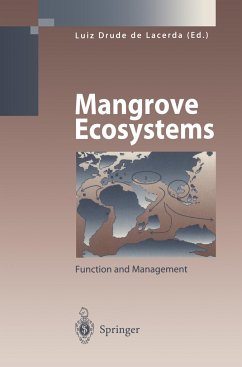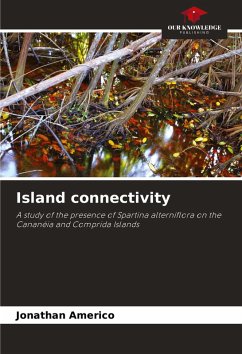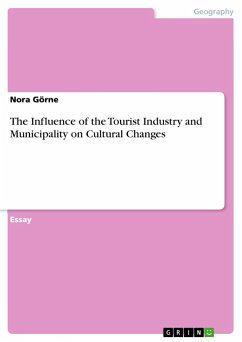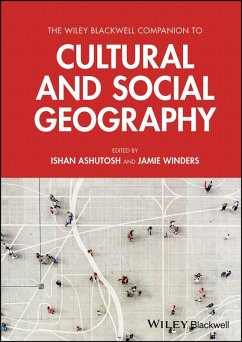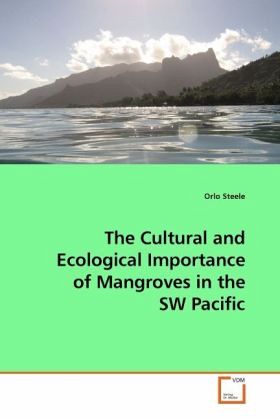
The Cultural and Ecological Importance of Mangroves in the SW Pacific
Versandkostenfrei!
Versandfertig in 6-10 Tagen
45,99 €
inkl. MwSt.

PAYBACK Punkte
23 °P sammeln!
the author has been intrigued by the Pacific distribution of the American red mangrove since first visiting the SW Pacific in 1994. this spcies is abundant in the New World and in Samoa, Tonga, Fiji and New Caledonia but notably absent in Eastern Polynesia and the Indo-West Pacific. It had been generally assumed that the distance from South America and Samoa is too great for natural dispersal of the American mangrove to occur. It also had been suggested by earlier research that this species might have been intentially introduced from the Americas to Western Polynesia by early navigators. This ...
the author has been intrigued by the Pacific distribution of the American red mangrove since first visiting the SW Pacific in 1994. this spcies is abundant in the New World and in Samoa, Tonga, Fiji and New Caledonia but notably absent in Eastern Polynesia and the Indo-West Pacific. It had been generally assumed that the distance from South America and Samoa is too great for natural dispersal of the American mangrove to occur. It also had been suggested by earlier research that this species might have been intentially introduced from the Americas to Western Polynesia by early navigators. This research at first was motivated by the questions of how long could the American mangrove remain viable in seawater and if there was a cultural use preference by Polynesians that would promote its aboringinal introduction. Other questions then followed, such as why are five mangrove speicies found in Tonga and Fiji not found further east in Samoa? Thus began this indepth study to understand the cultural and ecological importance of mangroves in the SW Pacific.





